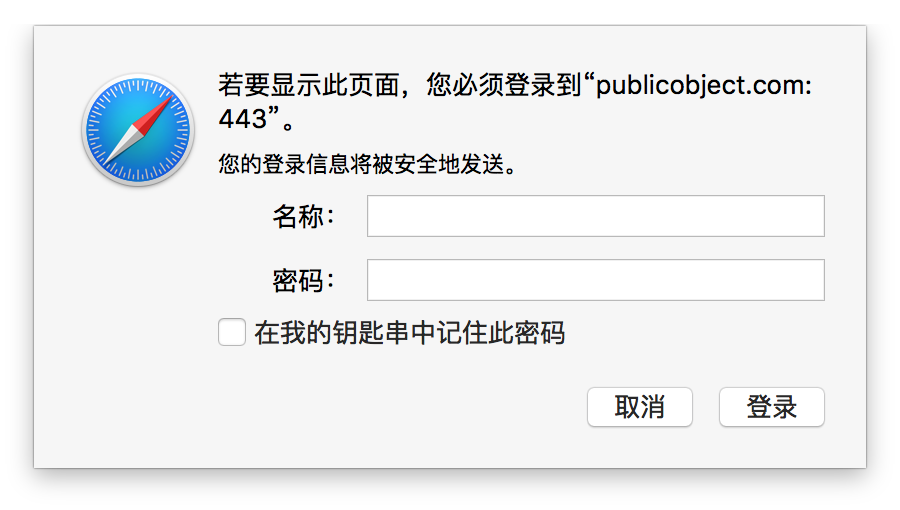OkHttp的使用 (1)
本例子使用的是OkHttp官方提供的sample
git下载地址:
https://github.com/square/okhttp
get 数据
如何使用get方法从服务器得到数据
@Test
public void testGetData(){
//1. 初始化OkHttpClient
OkHttpClient client = new OkHttpClient();
//2. 创建一个get请求,注意默认就是get请求
Request request = new Request.Builder()
.url("http://www.baidu.com")
.build();
//3. 向url发送请求, 此处使用带资源的try语句关闭response,不需要自己手动调用close方法
try (Response response = client.newCall(request).execute()){
//4. 打印服务器返回的数据
System.out.println(response.body().string());
}catch (IOException e){
e.printStackTrace();
}
}post数据
如何使用post方法向服务器发送数据
@Test
public void testPostData(){
OkHttpClient client = new OkHttpClient();
//以post发送数据时候,需要创建一个RequestBody
MediaType mediaType=MediaType.parse("text/plain;charset=utf-8");
//传入两个数据,一个数据类型,一个数据的字符串
RequestBody body=RequestBody.create(mediaType,"postData");
Request request=new Request.Builder()
.url("http://www.baidu.com")
.post(body)
.build();
try (Response response = client.newCall(request).execute()){
System.out.println(response.body().string());
}catch (IOException e){
e.printStackTrace();
}
}得到服务器header
类似http协议的header
@Test
public void testGetHeader() {
OkHttpClient client = new OkHttpClient();
//Accept:接受的数据的类型
Request request = new Request.Builder()
.url("https://api.github.com/repos/square/okhttp/issues")
.header("User-Agent", "OkHttp Headers.java")
.addHeader("Accept", "application/json; q=0.5")
.addHeader("Accept", "application/vnd.github.v3+json")
.build();
try (Response response = client.newCall(request).execute()) {
if(!response.isSuccessful())
throw new IOException(response.message());
//使用的服务器的信息
System.out.println("Server: " + response.header("Server"));
//报文发送日期
System.out.println("Date: " + response.header("Date"));
System.out.println("Vary: " + response.headers("Vary"));
} catch (IOException e) {
e.printStackTrace();
}
}异步发送get请求
@Test
public void testAsynchronousGet() throws InterruptedException {
OkHttpClient client = new OkHttpClient();
Request request = new Request.Builder()
.url("http://www.baidu.com")
.build();
//避免异步时候未返回数据,单元测试就提前结束
final CountDownLatch latch=new CountDownLatch(1);
client.newCall(request).enqueue(new Callback() {
@Override
public void onFailure(Call call, IOException e) {
e.printStackTrace();
latch.countDown();
}
@Override
public void onResponse(Call call, Response response) throws IOException {
try (ResponseBody responseBody=response.body()){
if(!response.isSuccessful())
throw new IOException("Unexpected code:" + response);
Headers headers = response.headers();
for(int i=0,size=headers.size();i<size;i++){
System.out.println(headers.name(i)+":"+headers.value(i));
}
System.out.println(responseBody.string());
}
latch.countDown();
}
});
latch.await();
}登录认证
访问某些网站需要认证,此时可以通过OKHttpClient设置认证信息
比如本demo所需访问的界面
@Test
public void testAuthenticate() throws IOException {
OkHttpClient client=new OkHttpClient.Builder()
.authenticator(new Authenticator() {
@Override
public Request authenticate(Route route, Response response) throws IOException {
//需要发送两次http协议,第一次请求界面,第二次发送认证信息
System.out.println("Authenticating for response: " + response);
System.out.println("Challenges: " + response.challenges());
//刚开始应该返回401, 未认证
System.out.println("code:" + response.code());
//设置证书的用户名与密码
String credential = Credentials.basic("jesse", "password1");
return response.request().newBuilder()
.header("Authorization", credential)
.build();
}
})
.build();
Request request = new Request.Builder()
.url("http://publicobject.com/secrets/hellosecret.txt")
.build();
try (Response response = client.newCall(request).execute()) {
if (!response.isSuccessful()) throw new IOException("Unexpected code " + response);
System.out.println(response.body().string());
}
}版权声明:本文为haizeihdj原创文章,遵循CC 4.0 BY-SA版权协议,转载请附上原文出处链接和本声明。
